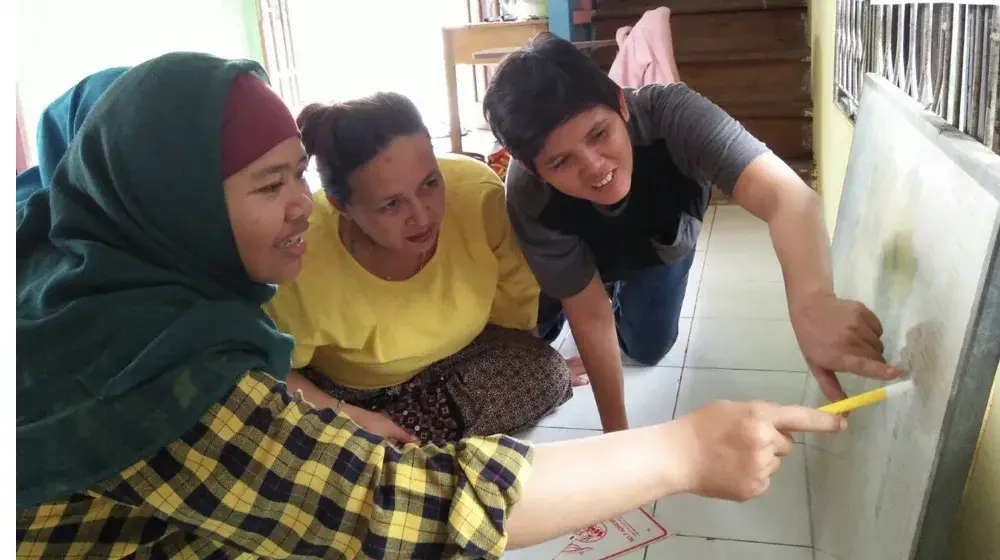There is much to celebrate this World AIDS Day with a 50 per cent decline in new HIV infections in 25 low- and middle-income countries since 2001, AIDS-related deaths declining globally and an acceleration over the last two years in the number of people accessing treatment.
However, progress in preventing HIV infections and managing the disease has not reached all countries—or all populations within countries. Some countries in the world still struggle with high rates of new infections, mainly amongst the most marginalized or vulnerable, including young people. Persistent stigma and discrimination faced by people living with HIV and key populations at higher risk of infection impede their ability to exercise their human rights and to access information, prevention and treatment services. We must continue to accelerate our efforts until there are zero new infections, zero AIDS-related deaths and zero discrimination.
Getting to zero requires us to stop HIV before it starts. That means reaching out to young people, especially young women and those at higher risk of infection, to ensure everyone has access to information and sexual and reproductive health services, including family planning and condoms that can empower them to stay free of HIV -- and protect future generations as well. Ensuring that young people have the knowledge and skills they need to make choices that protect their health is not only the right thing to do, it is also a smart thing to do, as young people are building the present and shaping the future of each society.
UNFPA, the United Nations Population Fund, is committed to its leadership role in the UN system coordinating a broad range of partners towards reducing sexual transmission through comprehensive condom programming, integrating sexual and reproductive health and HIV systems and services, preventing HIV among young people, meeting the needs of women, including family planning for women living with HIV, and improving access to services for key populations at higher risk of HIV infection. Central to that commitment are our actions to protect the health of the new generation of leaders, entrepreneurs, innovators and drivers of change for the better. We cannot afford to let HIV undermine opportunities of young people to fulfill their full potential.




